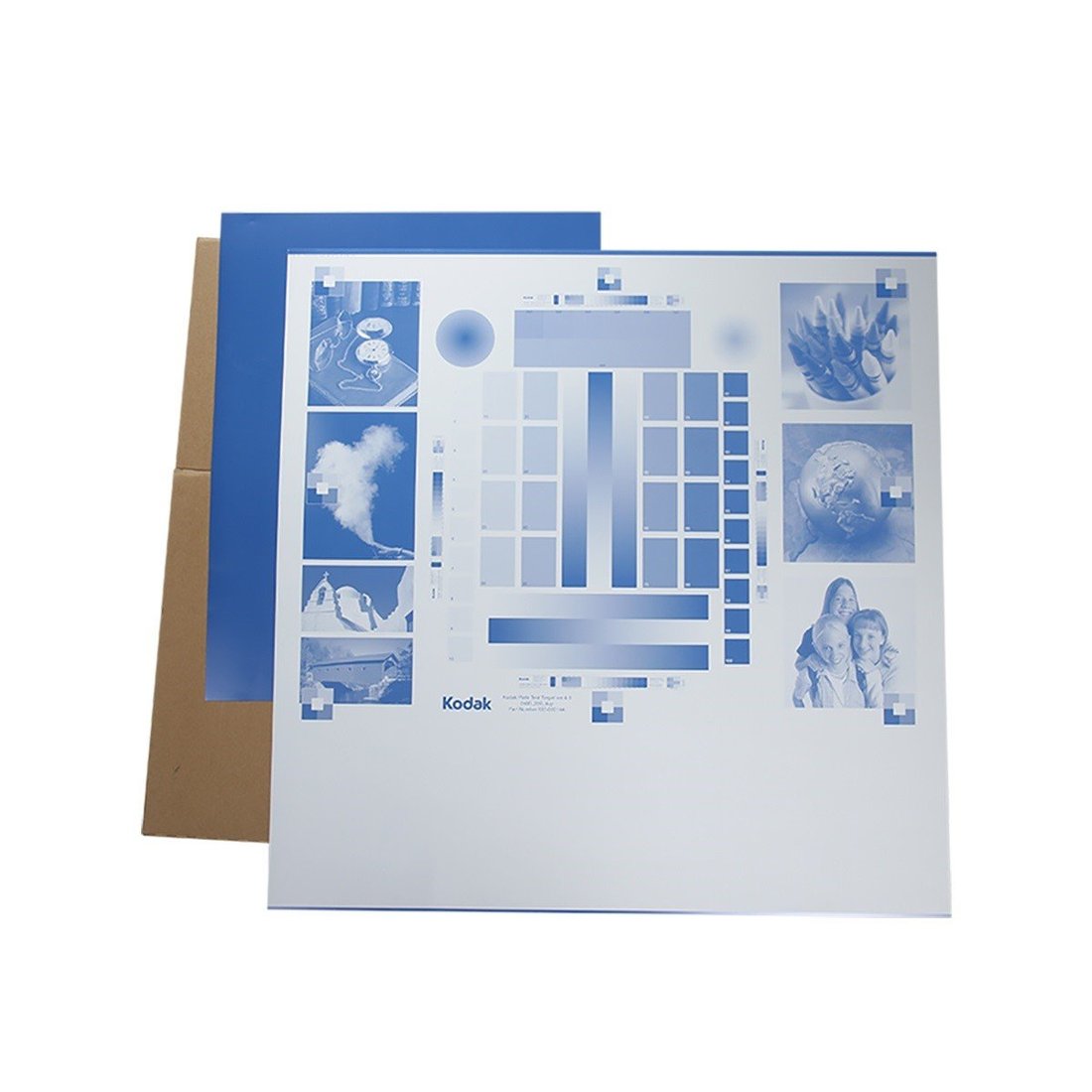What Is PS Plate?
Pre-coated photographic plates, or PS plates, were created to keep up with the rapid advancement of lithography and offset printing, and they are mostly employed in the CTF process. PS plate has the characteristics of high resolution, full dot reproduction, rich layers, easy ink balance, and high print resistance. It enjoys enormous popularity in the printing sector.
PS plate is made up of multiple layers. It is supported by an aluminum plate that has been processed in various ways.
PS Plate Structures
-
Matte Surface(optional): It can improve adhesion to the exposure film, shorten vacuuming time, and decrease the occurrence of halo.
-
Photosensitive Coating: The photosensitive layer will differ in a number of ways from the various plate-making techniques and the manufacturing methods.
-
Hydrophilic Treatment: It can enhance the hydrophilic characteristics and keep the printing plate clean during printing by preventing the photosensitive coating from staying in the anodic-oxidized layer's micropore.
-
Anodic-Oxidized Layer: Anodizing increases the hardness, chemical stability, and wear resistance of aluminum plates.
-
Multi-Grains: The aluminum base plate is subjected to the electrolytic roughening process to create a fine grain structure, which can improve the hydrophilicity and dot reproduction conditions of the printing plate.
-
Aluminum Support: The aluminum plate used to make PS plate is stable in size, strong, and pure.
What Is CTP Plate?
CTP plates come in more types and variants than PS plates. Silver salt, heat sensitive, and violet laser are the the three highest sellers.
-
Silver Salt
Photosensitive technology was primarily used in the initial stages of CTP technology application.
Although photosensitive plates used a variety of systems and photosensitive mechanisms at the time, silver halides were the primary photosensitive materials. As a result, this CTP generation is known as the silver salt version.
The silver salt plate's biggest strength is its fast photosensitive speed. As of now, the fastest photosensitive plate is the silver salt plate; neither the thermal plate nor the purple laser polymerization plate can be compared in terms of speed.
-
Thermosensitive
Thermosensitive plate coating uses an ablation layer or temperature-sensitive polymer. It reacts most positively to infrared lasers with 800-850 nm wavelengths. If the temperature is below the critical value, the plate will not react, and if the temperature is above the critical value, neither the size nor the shape of the dots will be affected. As a result, it can produce clean and cler deges of the dots, and bascically, it will not occur dot enlargement or shrinkage. The manufacturing of thermosensitive plates frequently employs the drum structure. 12–24 sheets can be made into a plate in an hour. The thermal press has excellent plate compatibility and can hold a wide range of plates.
-
Photosensitive
A photopolymer plate is typically made up of an aluminum plate base, a photosensitive layer, and a surface layer. This plate has a simple structure, comparable resolution, printing resistance, and post-processing to conventional PS plates, and in some cases outperforms PS plates.
Differences Between the CTP Plate and the PS Plate
The CTP plate has now replaced the traditional PS plate. The difference between the CTP plate and the PS plate is that it has the following five advantages:
1. It has excellent dot performance. CTP can restore 1%--99% of the dots, and can reproduce the details of the printed matter well, while the traditional PS is beyond the reach of such fine dots.
2. CTP's ink balance performance is far superior to that of traditional PS. A small amount of fountain solution is required to achieve a good ink balance, and the printed ink color is thick and bright.
3. Because the CTP version is created entirely by computer, the registration accuracy is far superior to that of the traditional PS version, and only a small amount of paper is required during printing. This is unquestionably an effective way for businesses to cut costs.
4. Seeing as CTP modifies the plate production process and uses multi-layer sand mesh processing technology, the plate produced has almost no dirty spots and the printed matter is very clean, whereas traditional PS plates are determined by their inherent production process. There are numerous dirty spots in the printed version. The printing master must spend a significant amount of time repairing the dirty spots, which is both time-consuming and detrimental to the printing quality.
5. The CTP version's excellent ink-to-water balancing means that a very small amount of water is needed to achieve the desired print quality. As a result, the boundary between the two phases is very distinct, the internal force between the two phases is relatively strong, the ink emulsification is very minimal, and the printed material is incredibly beautiful. The edges are pointed.
Click here to learn about the differences between Offset and Digital>>

